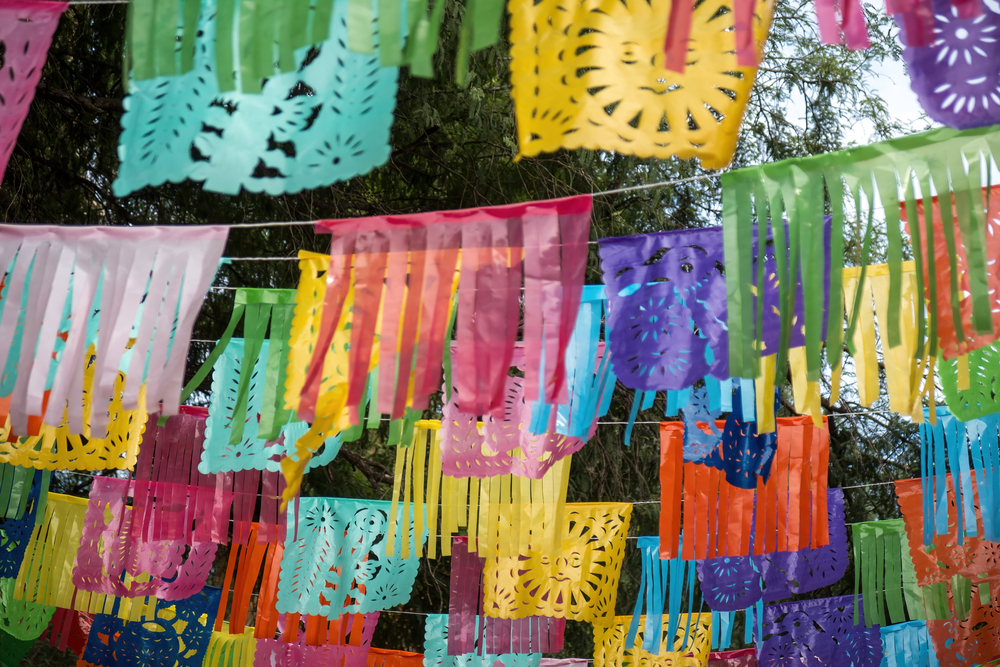Tired of the same mass-produced items in every home? It is easy to choose big-box store decor. But a home should tell a story — your story. To make a space feel personal, bright, and unique, look beyond the usual shops. This short guide shows how to find and style handcrafted goods from Mexico City markets. It explains what to look for, where to shop, and how to blend colourful pieces into modern interiors.
The Thrill of the Hunt in Mexico City

Stepping into a Mexican mercado is a full-on experience. Spices scent the air. Street food stations sizzle. Colours pop everywhere. Vendors call out. Shoppers move quickly. These markets hold the heart of Mexican craft. They also feel large and confusing to newcomers.
Travel light. Finding a place to leave bags makes shopping easier. Using a service on the Qeepl official website can help. That way you can focus on the items and talk with makers.
Talk to sellers. Ask where a piece comes from and how it was made. Many artisans pass skills down through families. Slight flaws often mean an item is hand-made. Those little marks add charm. Bargaining is common, but be respectful. Remember each item took time and skill to make.
Some travellers find the pace exciting. Others need a break. Either way, stop and look closely. The best finds are often tucked on a back shelf.
Key Pieces to Look For
You will see many types of crafts. Picking a few categories helps. Choose pieces that suit real life and your style.
Textiles and Woven Goods

Weaving is a long Mexican tradition. Different regions have distinct styles. Look for Otomi embroidery from Hidalgo. It shows bright animals and plants on a neutral background. One Otomi pillowcase, around $30–50 USD, can lift a plain sofa.
For floors, check Zapotec rugs from Oaxaca. They use natural dyes and strong wool. Patterns are geometric and bold. Small rugs might cost about $100 USD. Bigger, more detailed rugs are pricier but last a long time.
Textiles work well as throws, cushions, or wall hangings. They add colour without changing your whole room.
Vibrant Ceramics and Pottery

Mexican pottery is known for colour and creativity. Talavera pottery, with a milky-white glaze and detailed blue, yellow, and green designs, is classic. Authentic Talavera from Puebla can be costly, but many inspired pieces are available at markets.
Small Talavera tiles make a bright kitchen backsplash or a tiled tabletop. You will also find hand-painted terracotta pots for plants and elegant black clay barro negro from Oaxaca. Barro negro gives a sleek, modern look that pairs well with neutral furniture.
Pottery can be useful too. Use bowls, vases, and plates in daily life. They bring craft into everyday routines.
Hand-Carved Wooden Figures

Alebrijes are carved wooden creatures painted with tiny, vivid patterns. They come from Oaxaca and range in size from palm-sized to large showpieces. An alebrije on a shelf or console table adds personality and starts conversations.
Not everything fits. But a small figure can change the mood of a room.
Styling Your Finds with Modern Decor

Bringing home market items is only the start. The trick is balance. Avoid turning a room into a theme shop. Mix handcrafted pieces with modern, simple furniture.
Use neutral walls and plain sofas to let colourful crafts stand out. For example, a bold Zapotec rug looks great with a grey couch and light walls. The rug becomes the focal point while the furniture keeps the space calm.
Make small, curated displays called vignettes. Group related items instead of scattering them. Three small hand-painted vases together on a floating shelf catch the eye more than the same vases spaced around a room. Or mix a woven textile with modern prints and family photos on a gallery wall. This contrast between hand-made and manufactured pieces makes a space feel layered and personal.
Try one strong item per room. It draws attention without clutter. Then add a few smaller accents to echo its colours or shapes.
Create rhythm by repeating colours or textures in different places. A single tile colour in a kitchen can reappear in a cushion or a small bowl in the living room. This ties the room together.
A Touch of Green for an Authentic Feel
Plants are a simple way to bring Mexican courtyards inside. The lush patios of Mexico City feel cool and fresh. Adding plants indoors is cheap and effective.
Pick plants with interesting forms. Monstera deliciosa has big, cut leaves. Snake plants are tall and sculptural. Succulents and cacti bring a desert look. The real effect comes from the pot. Move plants from plastic pots into hand-painted terracotta or barro negro pots from the market. That supports artisans and links plants to the decor style.
Place a large potted palm in a woven basket in a corner. Or arrange a group of small succulents in different painted pots on a sunny shelf. These small choices add texture and life.
Many people notice how plants soften a room. They also make the space feel lived-in.
Final Thoughts
Hand-made Mexican pieces can make a home more interesting. Look for textiles, pottery, and carved wood. Talk with artisans and learn the story behind each piece. Balance bold items with simple furniture. Add plants in artisan pots. The result is a space that feels personal, vibrant, and true to the craft. Actually—scratch that. The result is a space that feels personal and alive.
Related
<!–
–>
